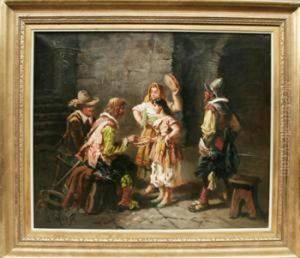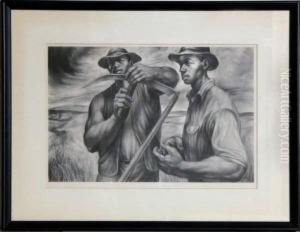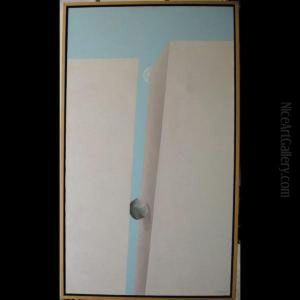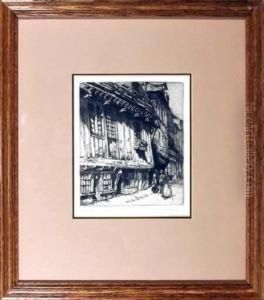Charles Henry White Paintings
Charles Henry White, an American artist, is primarily known for his contributions as an etcher and printmaker during the early 20th century. White was born in 1878 in San Francisco, California. His artistic journey began at a young age, and he was recognized for his innate talent and skill in the realm of visual arts.
White's artistic education took place at the Mark Hopkins Institute of Art in San Francisco, where he honed his skills under the guidance of Arthur Mathews, who was a pivotal figure in the Arts and Crafts Movement in California. White's work was deeply influenced by this movement, which emphasized the importance of craftsmanship and the beauty of the handmade object.
During his career, White became well-known for his etchings that often depicted architectural subjects. He had a particular fascination with the play of light and shadow on buildings, which he captured with great skill. His works often showcased the intricate details of urban environments, with a special focus on the unique characteristics of buildings, such as their ornate facades and the atmospheric effects of their surroundings.
In 1918, at the age of 40, Charles Henry White's life came to an untimely end due to the influenza pandemic that swept across the world. Despite his relatively short career, White left behind a legacy that has been appreciated in the annals of American printmaking. His etchings continue to be celebrated for their technical precision and artistic beauty, contributing to the record of American urban landscapes from the early 20th century.



